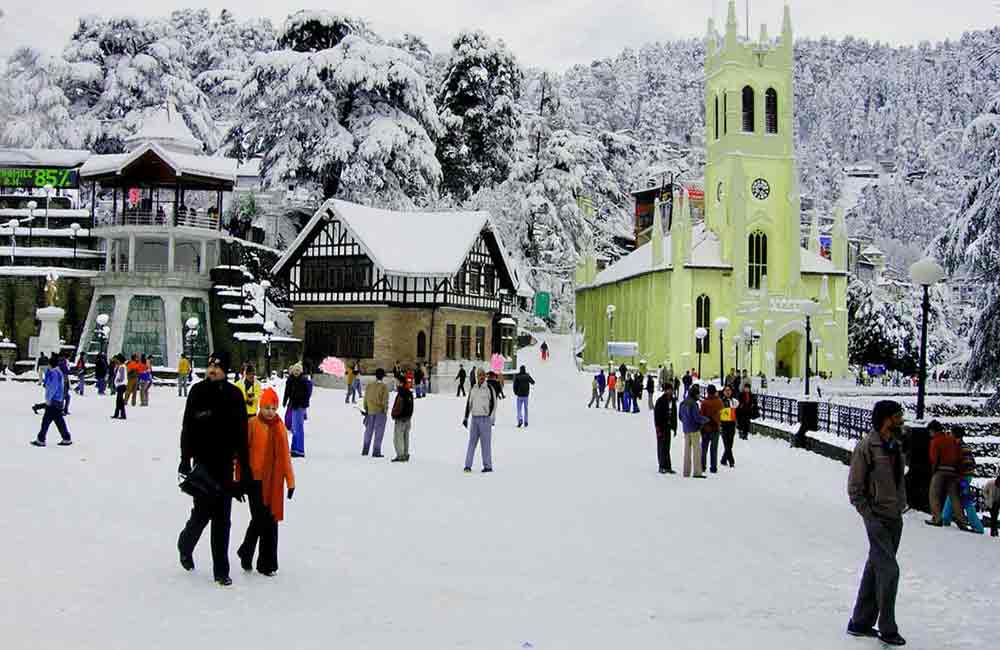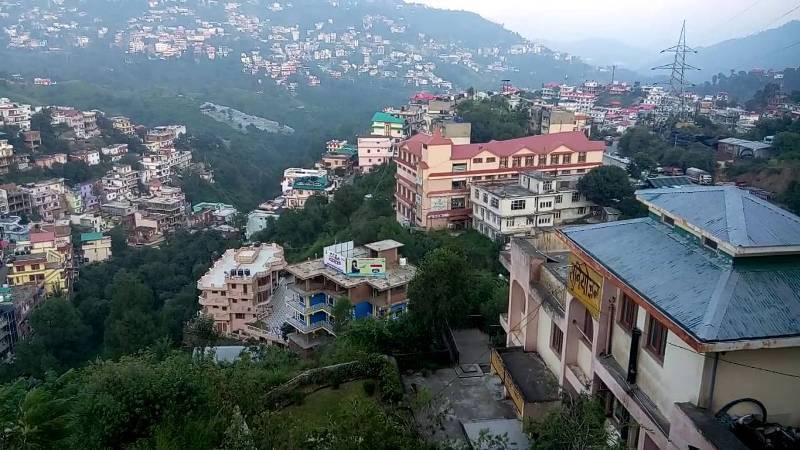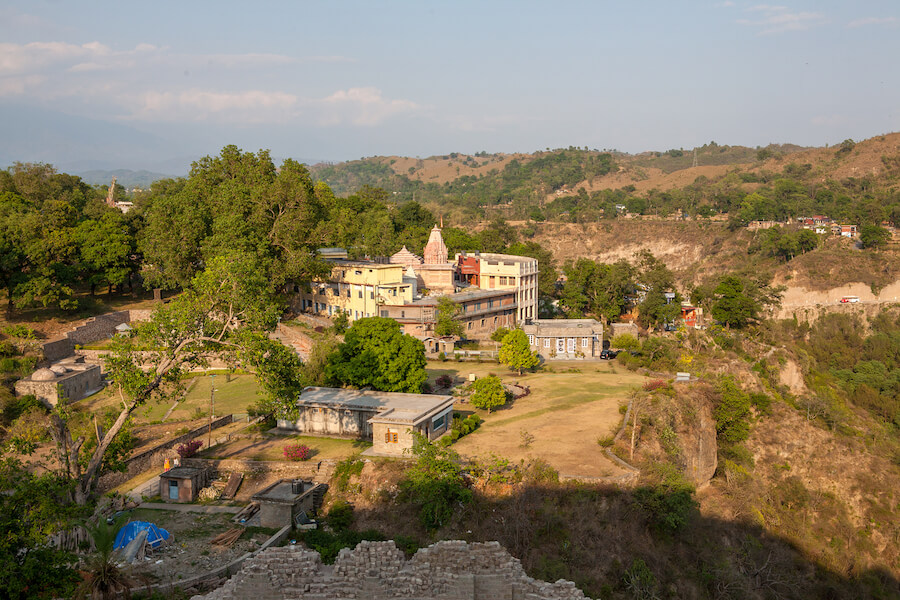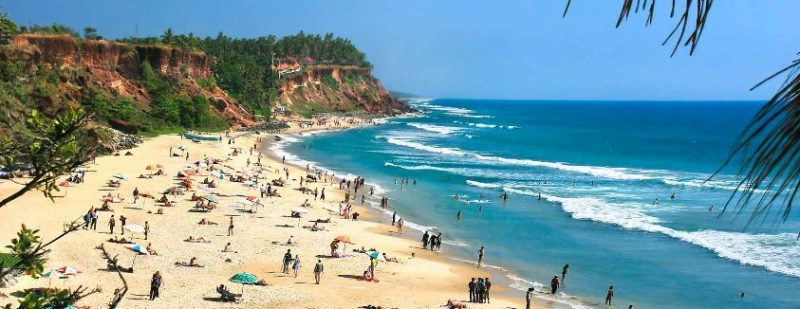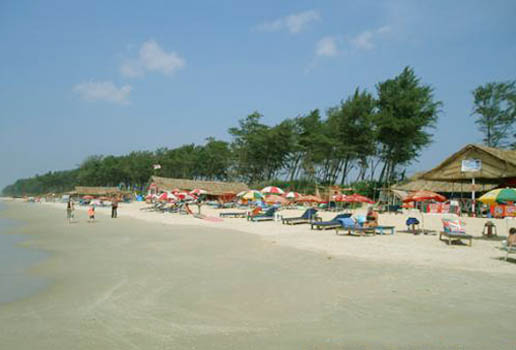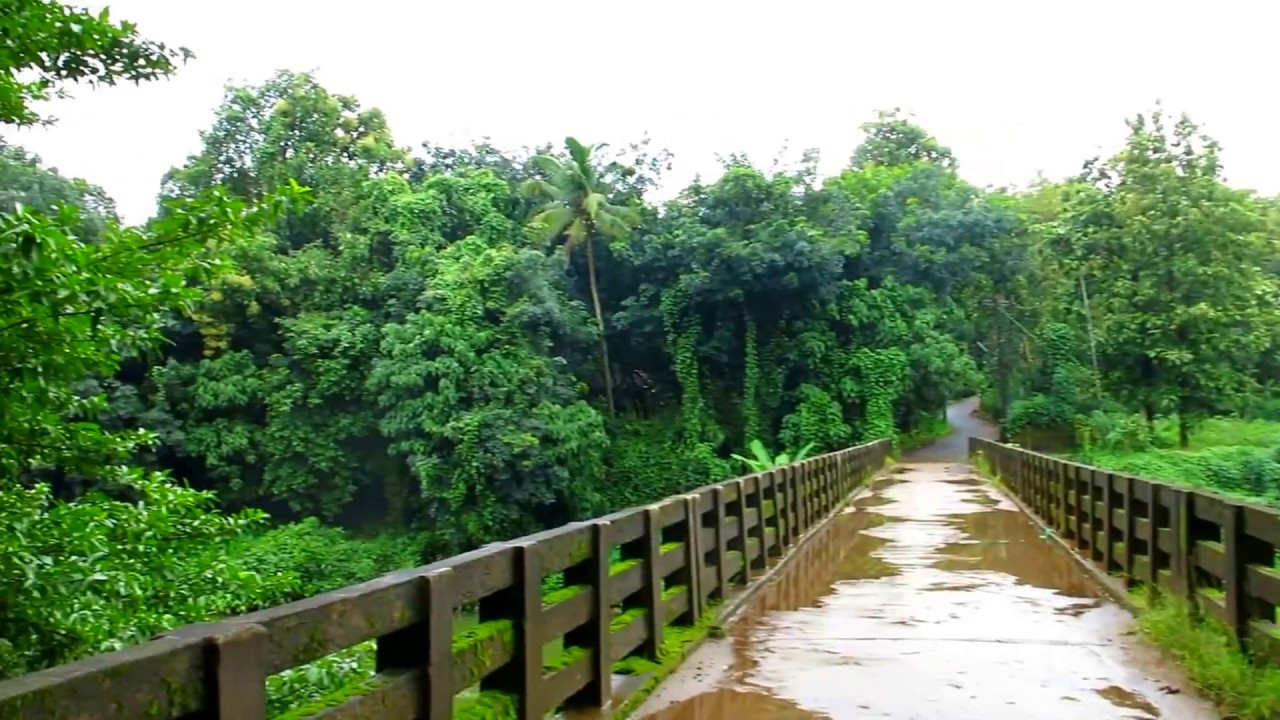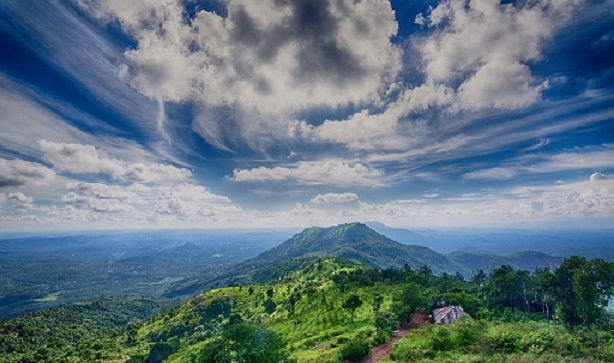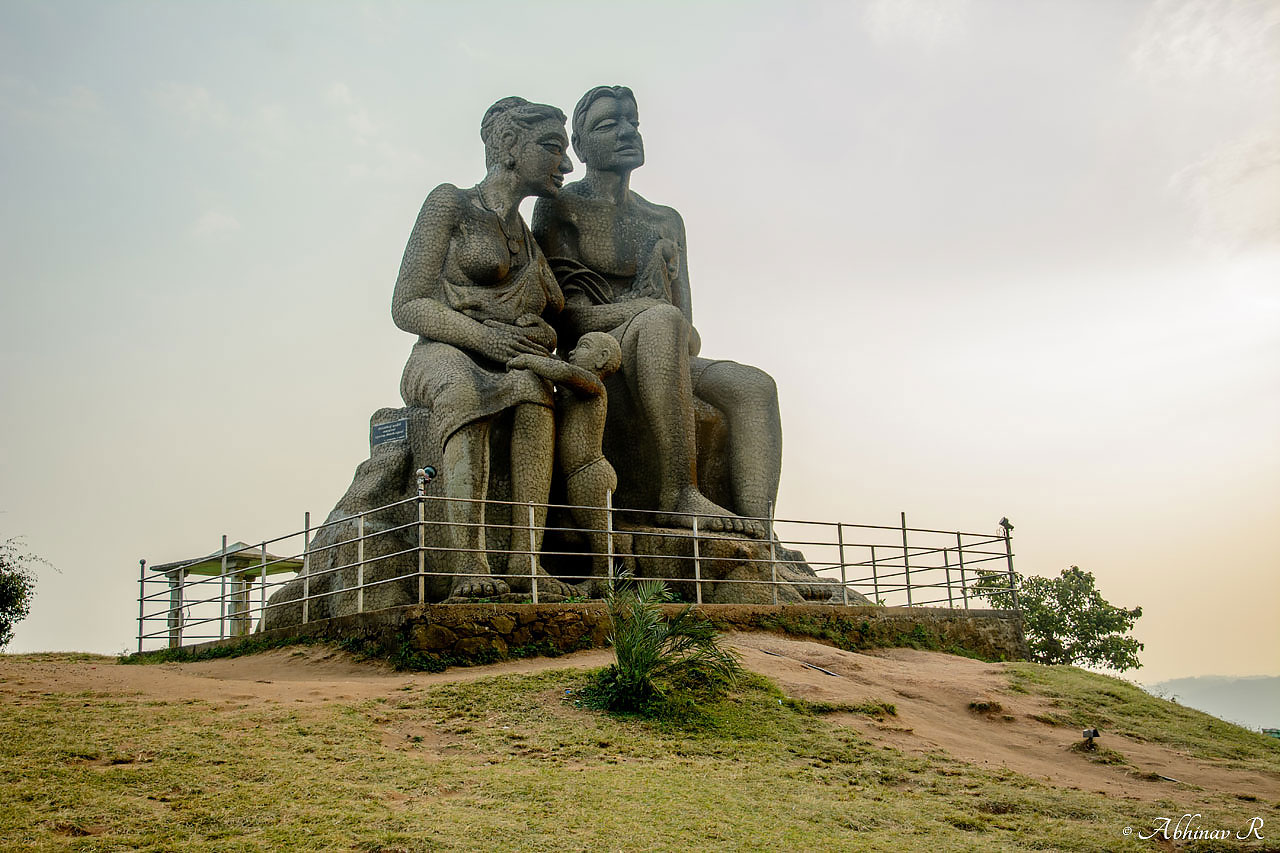Narsinghpur Tourism
Narsinghpur is a city located in the Narsinghpur district of Madhya Pradesh. The city is situated on the banks of the Narmada River, and it is known for its scenic beauty and rich cultural heritage. Narsinghpur is surrounded by hills and forests, and it is home to many beautiful waterfalls and lakes. The city is also known for its ancient temples and monuments, including the famous Shri Narsingh Temple.



